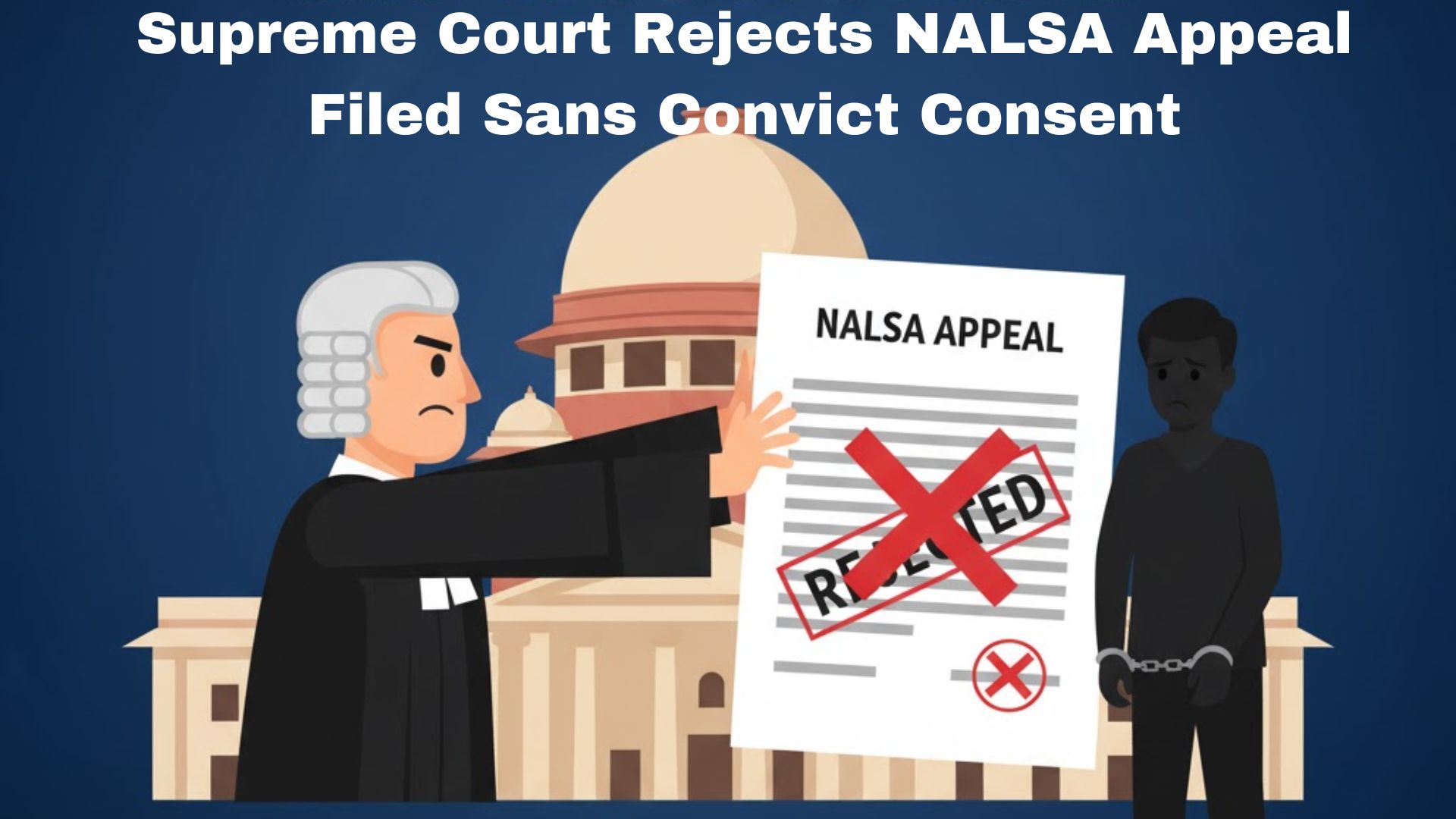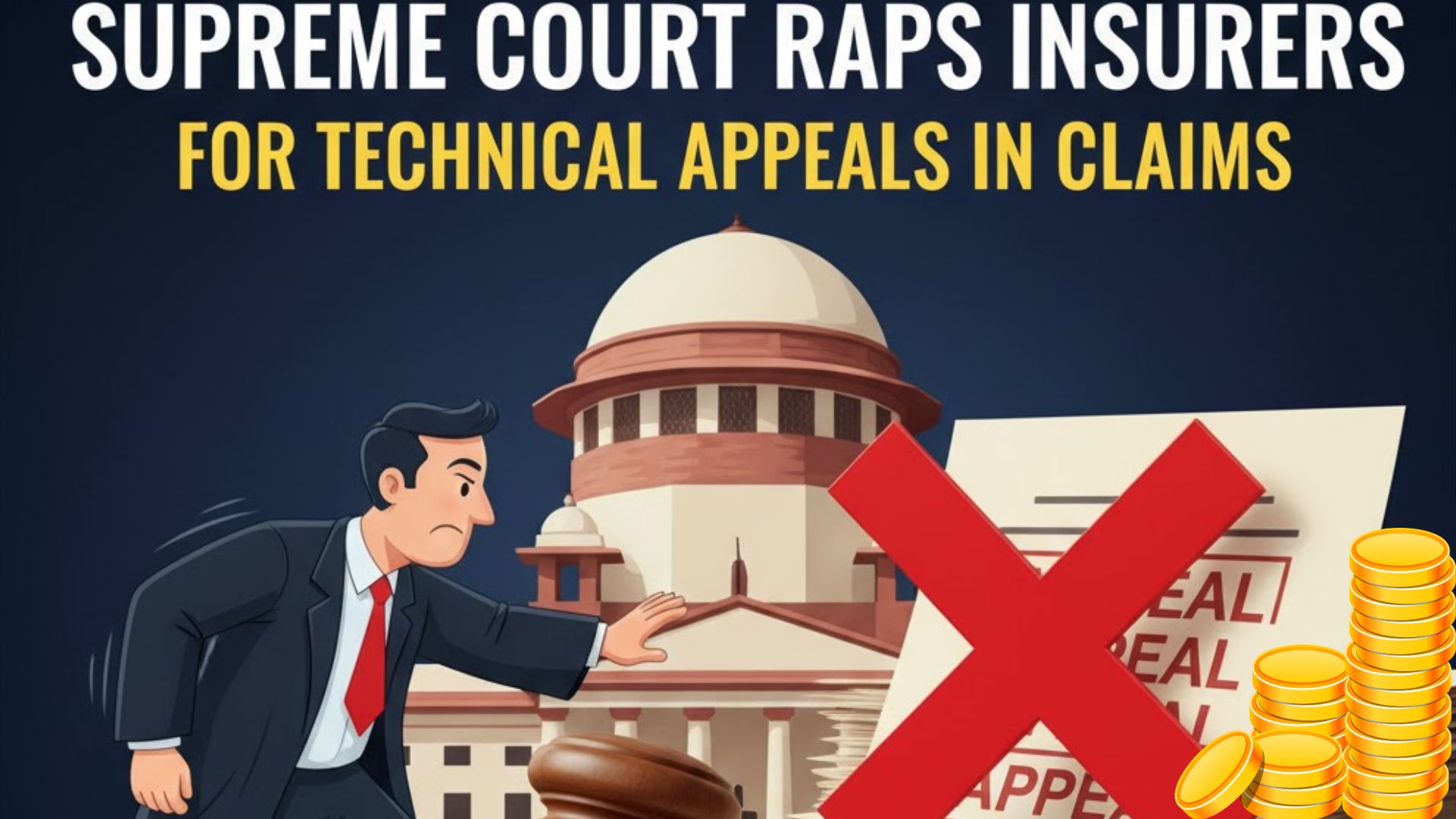Pradeep Nandrajog, J.@mdashOn 22.3.1990, the appellant Karnail Singh aged 4 years sustained serious injuries in a vehicular accident. He is
aggrieved by the quantum of compensation awarded to him.
2. Total compensation awarded to him is Rs. 2,52,000. Break-up is as under:
(a) Expenses incurred on account of
C.T. scan Rs. 2,000
(b) Transportation expenses Rs. 15,000
(c) Special diet Rs. 10,000
(d) Mental and physical
pain Rs. 25,000
(e) Non-pecuniary loss for deprivation
of the amenities and enjoyment of life Rs. 2,00,000
3. Since the injured Karnail Singh is in appeal and there are no cross-objections I need not deal with any other issue dealt with by the learned
M.A.C.T., save and except, the adequacy of the compensation awarded.
4. The date of accident is 22.3.1990. Age of the appellant as on the date of the accident was 4 years.
5. On account of injuries sustained by the injured, his right leg was amputated below knee. In addition, he also suffered a deep lacerated wound on
the left side of the scalp near eye and compound fracture of tibia bone. Permanent disability was assessed at 65 per cent.
6. It is not in dispute that the injured remained under treatment for a period of 11 years. Entire treatment was at Army Hospital, New Delhi.
7. In the light of the afore-noted backdrop facts, I shall determine the ''fairness'' of the compensation assessed by Tribunal.
8. Learned Counsel for the injured urges the following two grounds in support of his appeal:
(1) That the Tribunal erred in not giving compensation under the head ''loss of earning capacity''.
(2) That the compensation awarded under the head ''non-pecuniary damages'' is inadequate.
9. The general principle which should govern the assessment of damages in personal injury cases is that the court should award to injured person
such a sum as will put him in the same position as he would have been in if he had not sustained the injuries.
10. Broadly speaking, while fixing an amount of compensation payable to the victim of an accident, the damages have to be assessed separately as
pecuniary damages and non-pecuniary damages.
11. Pecuniary damages suffered are easy to determine as the Tribunal would have some imperial data before it.
12. Pecuniary loss may include the following:
(i) Special damages or pre-trial pecuniary loss.
(ii) Prospective loss of earnings and profits.
(iii) Medicinal expenses.
(iv) Cost of future care and other expenses.
13. One of the main items of pecuniary losses is ''loss of earnings'', both past and future.
14. In the instant case, it is not in dispute that right leg of the injured was amputated below knee. He remained under treatment for a period of 11
years. There can be no doubt about the fact that the injuries suffered by the injured would seriously hamper his earning capacity.
15. Loss of future earnings has to be determined with reference to objective facts in the shape of existing earnings, future prospects of growth in
the avocation pursued by the injured. Academic qualification, nature of avocation, etc., guides the court in determining loss of future earning
capacity. However, a problem arises where injured is a minor child, for the reason, all these factors are missing.
16. In Gyanti v. Samunder Singh 2008 ACJ 2492 (Delhi), a young girl aged 7 years sustained crush injury in the right leg and vascular injury in an
accident which occurred on 22.11.2002. The said injury resulted in osteomyelitis. The girl suffered permanent disability of the limb to the extent of
40 per cent to 60 per cent. Compensation in sum of Rs. 50,000 was granted under the head ''loss of earning capacity''.
17. Applying the afore-noted decision, I consider it fair and reasonable to award a sum of Rs. 50,000 to the injured under the head ''loss of
earning capacity''. Even though the injuries suffered by the injured is much more grievous than the injuries suffered by the injured in Gyanti''s case
2008 ACJ 2492 (Delhi), I am awarding Rs. 50,000 only for the reason accident in the instant case occurred on 22.3.1990.
18. Under the head of ''non-pecuniary damages'', Claims Tribunal has awarded compensation in sum of Rs. 2,25,000, i.e., Rs. 25,000 towards
pain and suffering and Rs. 2,00,000 towards deprivation of amenities and enjoyment of life.
19. Non-pecuniary damages are granted where the accident victim survives and suffers an injury. Case-law in India would reveal that non-
pecuniary damages are divided into following sub-heads:
(i) Pain and suffering.
(ii) Damages for mental and physical shock.
(iii) Loss of amenities of life, which may include a variety of matters, i.e., on account of injury the injured may not be able to walk, run or sit, etc.
(iv) Loss of expectation of life, i.e., on account of injury, normal longevity of life of the person concerned is shortened.
(v) Disfigurement.
(vi) Discomfort or inconvenience, hardship, disappointment, frustration and mental stress in life.
(vii) Loss of marriage prospects.
20. An injured is entitled to be put in the same position as he would have been if he had not been wronged but it is impossible to be achieved when
it comes to non-pecuniary damages. A valuation of general damages or non-pecuniary damages for pain, suffering, loss of amenities, disfigurement
and loss of expectation of life create a problem. In order to determine non-pecuniary damages, guidance can be taken from the facts such as injury
suffered by the injured, age of the injured, period of hospitalisation, time spent for recovery, etc.
21. An analysis of the above discussion in relation with facts of the instant case reveals that the compensation awarded by the Tribunal is wanting in
three areas, i.e., pain and suffering, disfigurement and loss of marriage prospects.
22. Considering that injured was aged only 4 years at the time of the accident, the grievous injury suffered by him and also the fact he remained
under treatment for a period of 11 years, compensation in sum of Rs. 25,000 towards pain and suffering is inadequate.
23. Disfigurement has always been regarded as an important element in assessing damages for the reason same affects the personality of the
injured. Disfigurement leads to shunning of an injured by the society. It further becomes a source of depression and humiliation for an injured. An
inevitable consequence of disfigurement in most of the cases is that it leads to loss of marriage prospects of an injured.
24. Thus, in my opinion, Tribunal clearly erred in not awarding any compensation to the injured under the head ''disfigurement'' and ''loss of
marriage prospects''.
25. Additionally, I may note that in several decisions I have noted a judicial trend that courts have been awarding about Rs. 3,00,000 under the
head ''non-pecuniary damages'' for amputation of leg resulting in permanent disability of 50 per cent and above (See Oriental Insurance Co. Ltd. v.
Vijay Kumar Mittal M.A.C. Appeal No. 288 of 2006; decided on 11.5.2007).
26. Therefore, I consider it reasonable to award to the injured further compensation in sum of Rs. 75,000 under the head ''non-pecuniary
damages'', which includes enhancement for pain and suffering, disfigurement and loss of marriage prospects.
27. Thus, compensation is enhanced by a further sum of Rs. 1,25,000.
28. Enhanced compensation shall be paid together with interest at the rate of 6 per cent per annum from the date of the claim petition till the date of
realisation.
29. It is further directed that enhanced compensation along with accrued interest thereon shall be deposited in a fixed deposit with a nationalised
bank for a period of 5 years.
30. Liberty is granted to the parties to withdraw yearly/monthly/quarterly interest as the case may be.
31. Appeal stands disposed of.
32. No costs.

